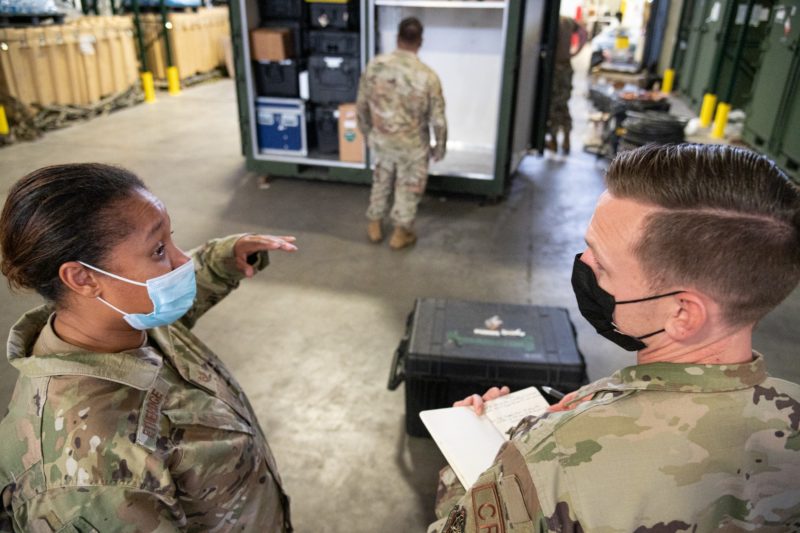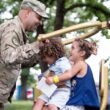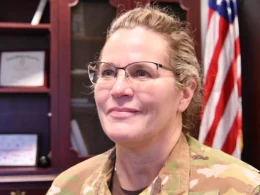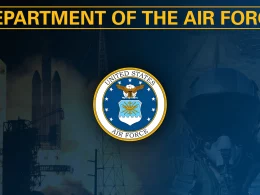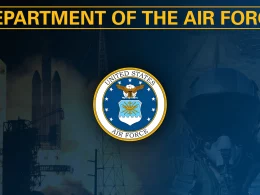JOINT BASE MCGUIER-DIX-LAKEHURST, N.J. —
The 621st Contingency Response Wing is modernizing the way it operates and executes its mission by restructuring its forces to better meet the needs of combatant commanders.
The restructure will add another contingency response squadron each at Joint Base McGuire-Dix-Lakehurst, New Jersey, and at Travis Air Force Base, California, aligning with their respective contingency response groups, and will identify and prioritize equipment in need of modernization.
“Bottom line is to make the CRGs better employable by combatant commanders by better advertising our capabilities, better training our forces, and better modernization projects to attain Air Mobility Command funding,” said Maj. Jordan Howen, 621st CRW project integration officer.
Department of the Air Force Instruction 10-401, Air Force Operations Planning and Execution, directed the restructuring of the CRW’s prior operational capability package into new Force Element Force Packages, which initiated the project in mid-2020.
Leadership expects each CRS to be stood up by the end of 2022, with each CRS having one contingency response element and two contingency response teams, available for tasking by the end of 2023.
Previously, a CR element and CR team were very loosely defined, made up of approximately 60 unit type codes or a single deployable unit, put together like building blocks at the discretion of mission planners.
“Under the restructured CRE, only seven UTCs make up the whole default capability, which is clearly defined, in order to better advertise capability to combatant commanders and streamline mission planning,” Howen said.
Some of the benefits to reorganizing the CRGs include the ability to accurately report readiness status, increase accountability and force utilization, standardize capability use and tasking, and improve deployment and readiness timelines to support agile combat employment.
“This project puts the 621st CRW in the driver’s seat,” said Chief Master Sgt. CT Kirk, 621st Contingency Response Group command chief master sergeant. “It will allow us to modernize and adapt for employment of a lighter, leaner and more lethal force.”
Leadership views the CR modernization project as an ongoing, cyclical process, with no real completion date, as they strive to meet the chief of staff of the Air Force’s intent to accelerate change or lose.
Plans for the future include cross-coastal equipment modernization conferences on a semi-annual basis
to synchronize equipment modernization efforts.
The new process will include subject matter experts from both coasts who come together to determine the best equipment for the CRW as a whole, which will allow them to accelerate equipment modernization without losing standardization.
Buy-in and forward thinking from all levels of leadership have made this project possible.
“Efforts have been made to better organize our forces over the past decade, and none have really taken off due to lack of executive sponsorship,” Howen said. “AMC/A34, wing, group, and squadron leadership have been instrumental in letting the subject matter experts lead the charge, empowering them to make changes to how we think about contingency response employment.”




